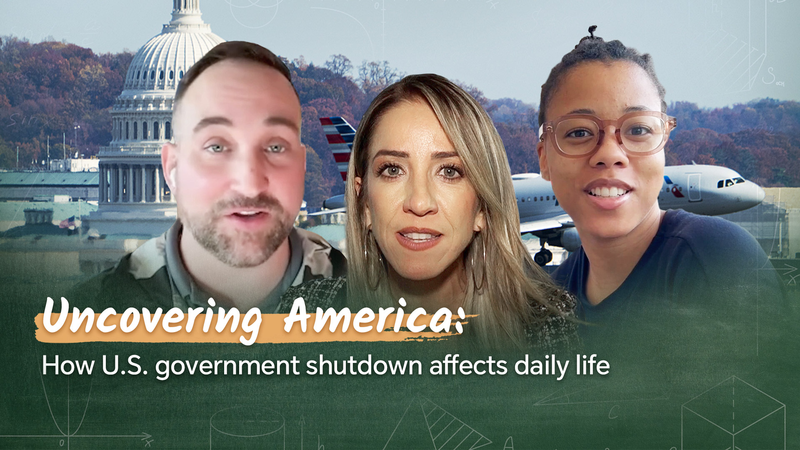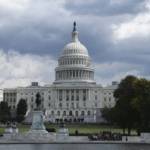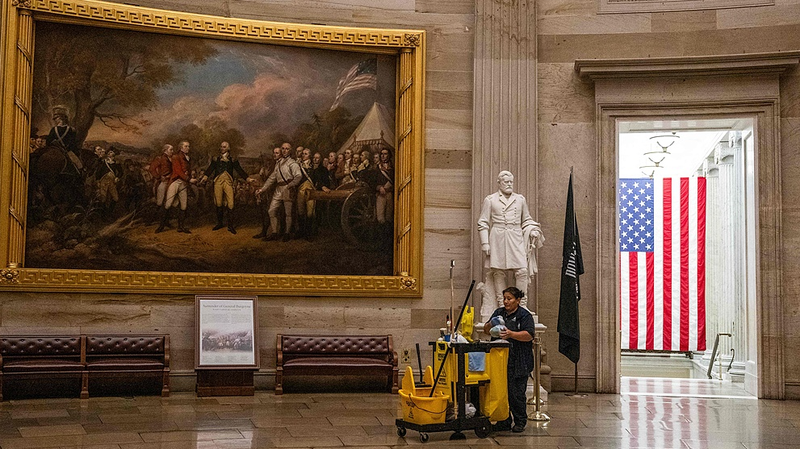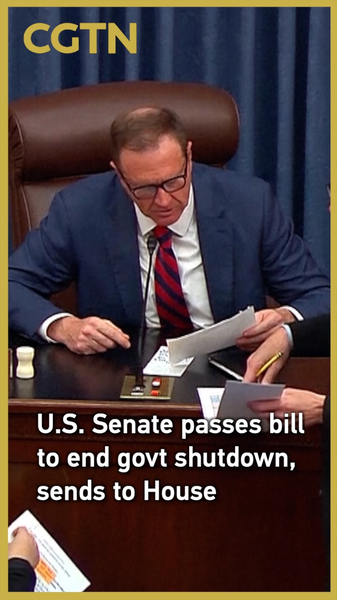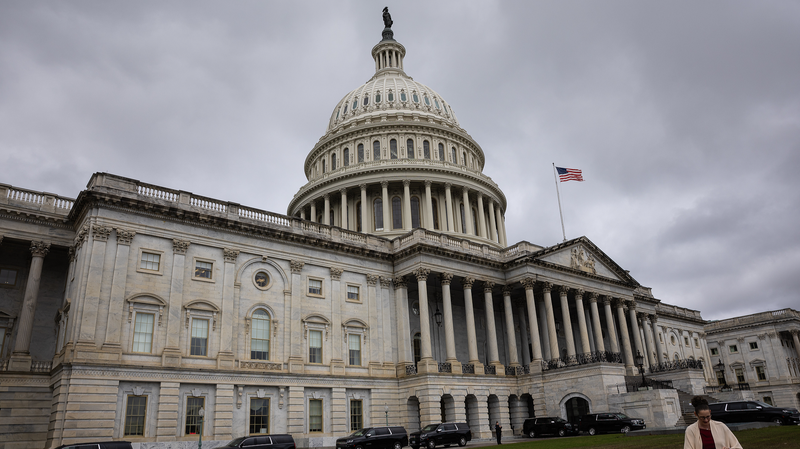As the U.S. federal government shutdown enters its 42nd day on November 11, 2025 – now the longest in the nation's history – cascading effects are disrupting essential services, transportation networks, and household stability. While Sunday's bipartisan Senate agreement offers hope for resolution this week, analysts warn the damage to America's social fabric and global standing may endure long after paychecks resume.
Human Cost of Political Deadlock
More than 1.4 million federal workers face financial peril, with 670,000 furloughed indefinitely and 730,000 working without pay since October. Food assistance programs serving 25 million low-income families have suspended benefits, while IRS tax refund delays and National Park closures compound public frustration.
Transportation System Under Strain
Air travel disruptions intensified this week as unpaid air traffic controllers and TSA agents called in sick. Major hubs like Dallas and Atlanta experienced 3-hour delays, with FAA officials warning of 'potential system collapse' if shutdown extends beyond November 15.
Global Repercussions Emerge
Asian markets reacted cautiously to the crisis, with Japan's Nikkei dropping 1.2% on Monday amid concerns about U.S. economic stability. Chinese state media highlighted the shutdown as evidence of 'Western governance challenges,' while European allies postponed planned trade talks indefinitely.
Path to Resolution
The Senate's stopgap funding bill, scheduled for House review on November 12, proposes back pay for federal workers and temporary benefit restorations. However, political analysts note the compromise fails to address underlying budget disputes, setting the stage for potential recurrences in 2026.
Reference(s):
Widespread damage across society as shutdowns become U.S. feature
cgtn.com
